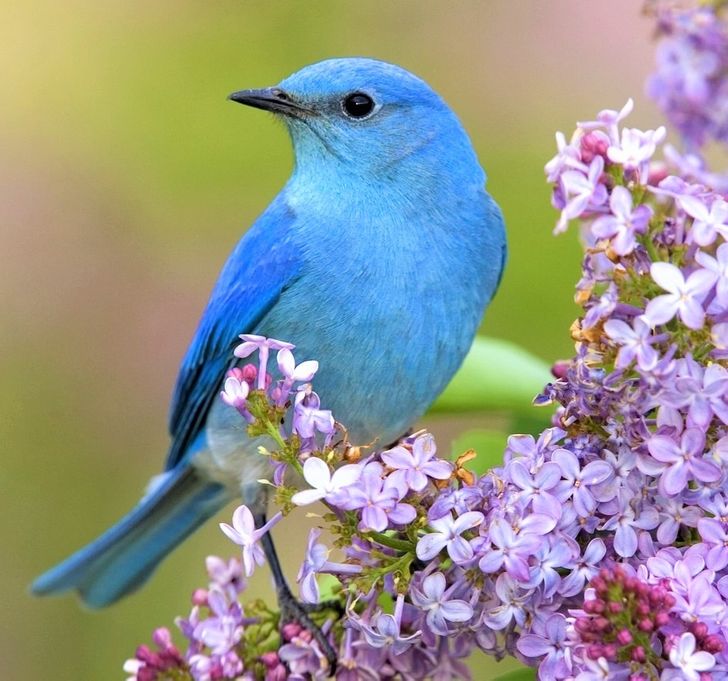The Mountain Bluebird of North America is a delightful bird species that falls under the category of small songbirds. They are famous for being quiet and reserved creatures with a beautiful singing voice. The distinguishing feature of these birds is their bright blue feathers that are most prominent in the males during the breeding season. In contrast, the females have a more subdued blue-grey color. This bird species measures around 6-8 inches in length, has a wingspan of 12-16 inches and weighs approximately 1-1.5 ounces.
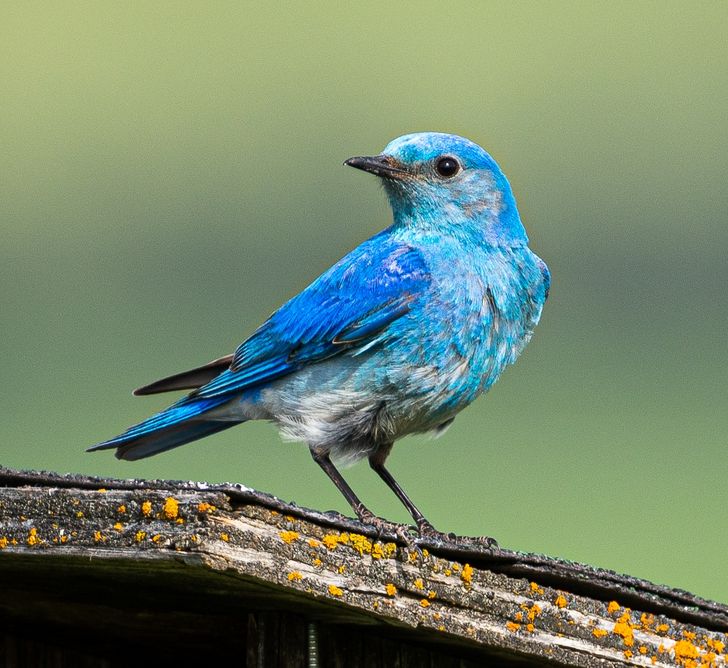
Bird enthusiasts can easily observe these feathered creatures in grassy areas, meadows, and lower hills. They have a preference for dwelling in holes such as those left by woodpeckers or man-made nest boxes. The provision of artificial nest boxes in certain regions has been instrumental in bolstering their populations.
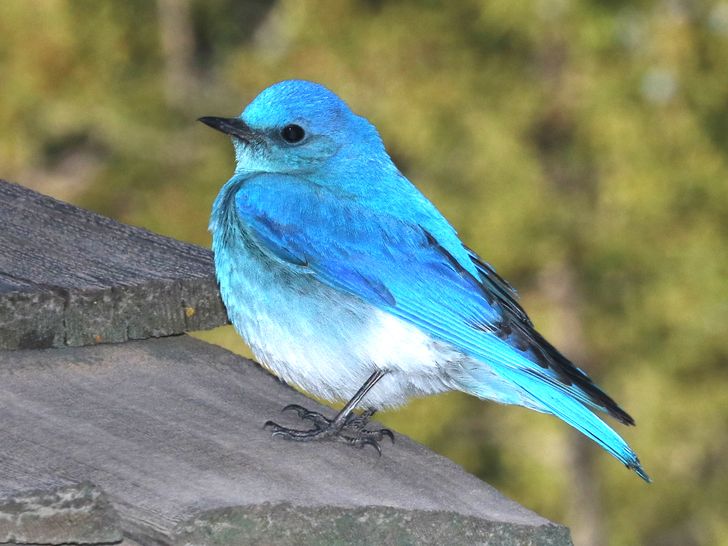
Mountain Bluebirds are known for their shy nature, but that doesn’t stop their beautiful singing from echoing through the meadows and valleys of their habitat. These songs are typically composed of a series of high-pitched notes commonly called warbles. Male birds primarily use their songs to attract suitable partners and defend their territory during the breeding season.
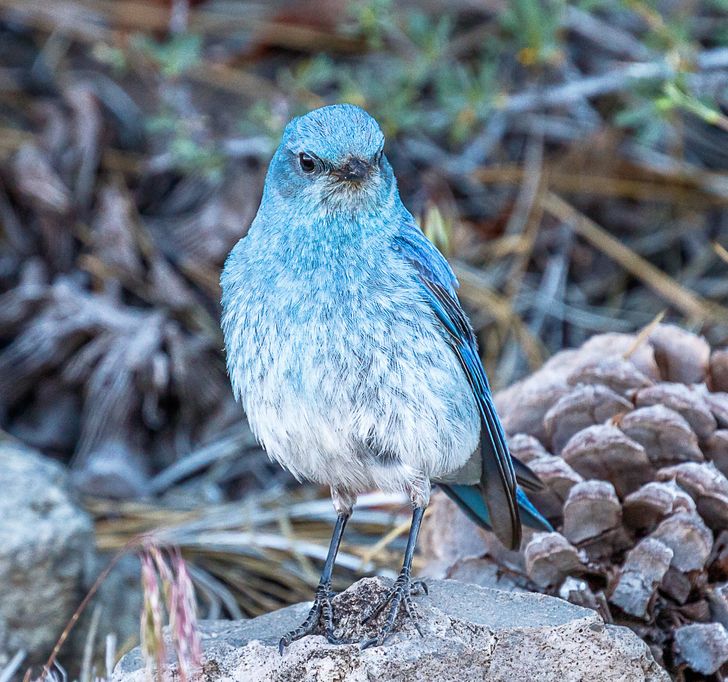
In the colder months, Mountain Bluebirds tend to migrate to warmer regions such as the southwestern parts of the United States and Mexico. However, come early springtime, these birds usually return to their typical breeding areas.
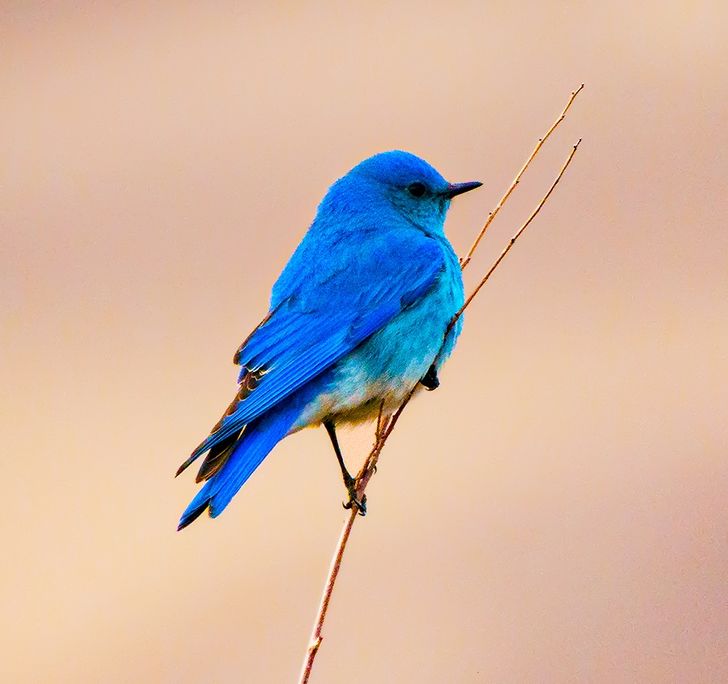
While the Mountain Bluebird hasn’t been labeled as an endangered species, there has been a decline in their populations in specific regions. This is mainly due to the loss of their natural habitat and growing competition for nesting territories from other bird species. In order to save these beautiful creatures, various conservation strategies are being put into action such as setting up nesting boxes and preserving grasslands that serve as their habitats.
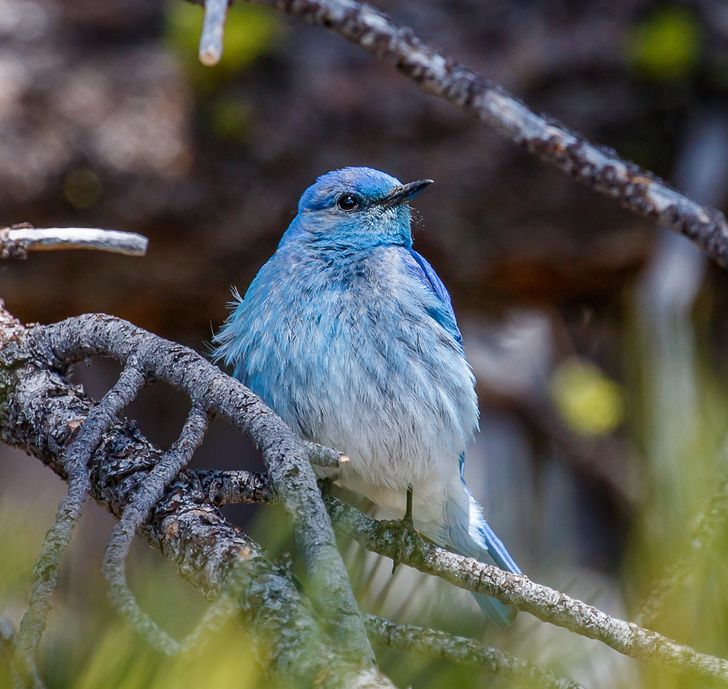
The Mountain Bluebird is a fascinating and charming bird, renowned for its timid behavior and melodious vocalizations. Even though they might be hard to detect, their existence in open grassy areas and fields adds to the splendor of our environment. Preserving their habitat is crucial so that upcoming generations can witness the magnificence of the Mountain Bluebird’s songs and appearance.
